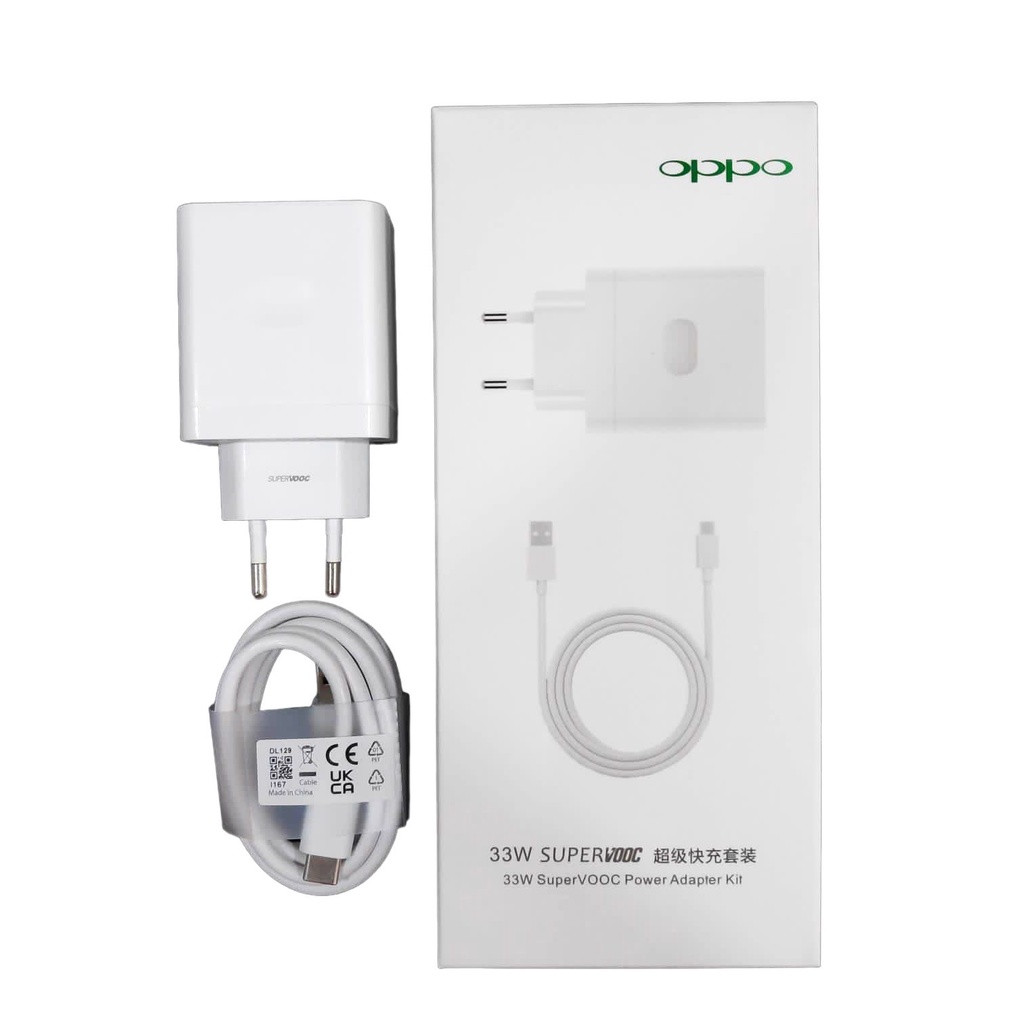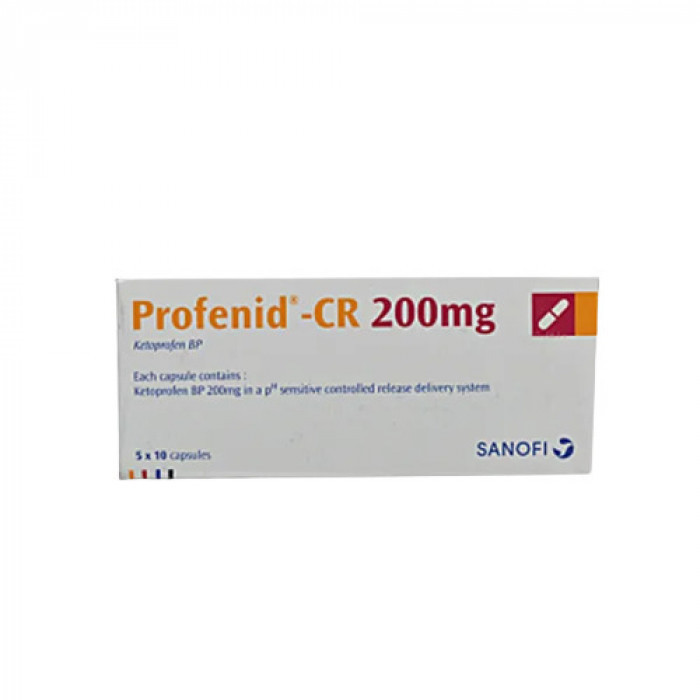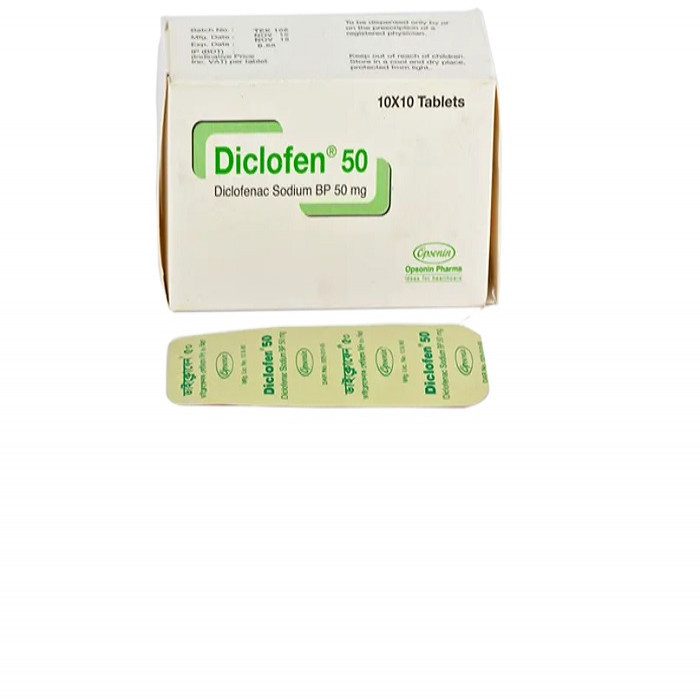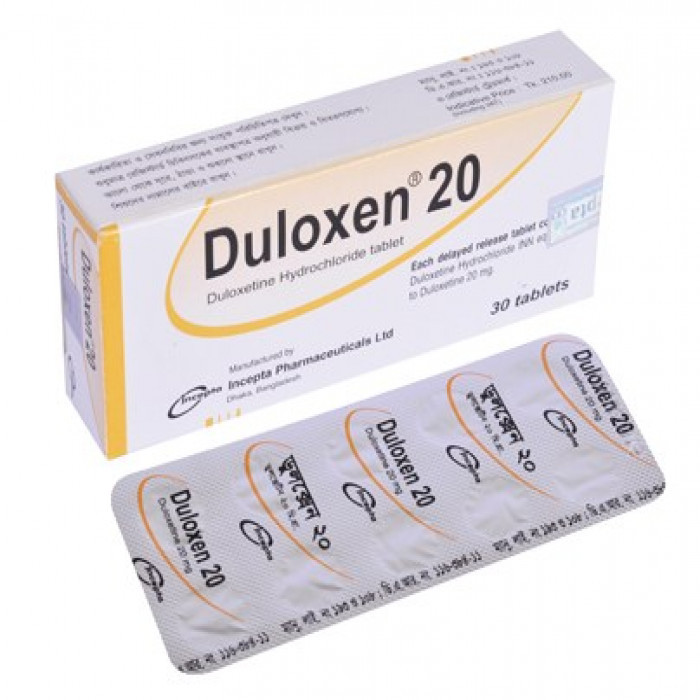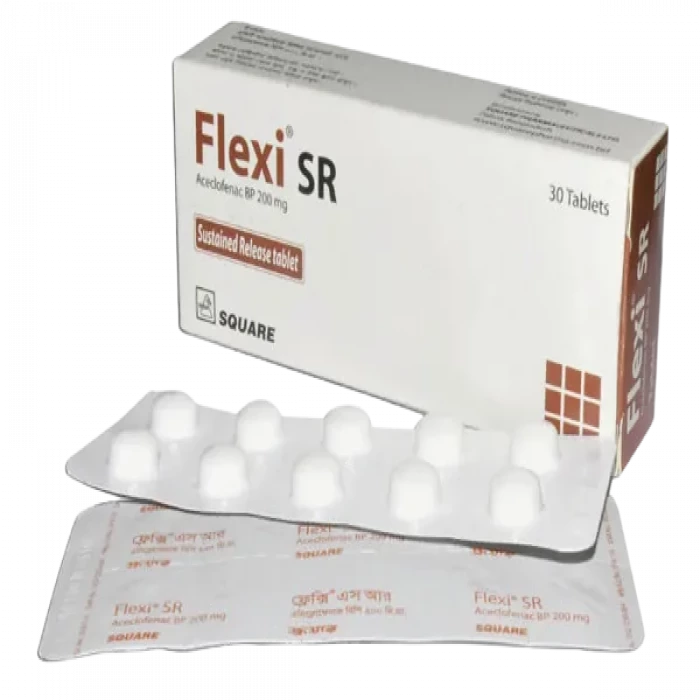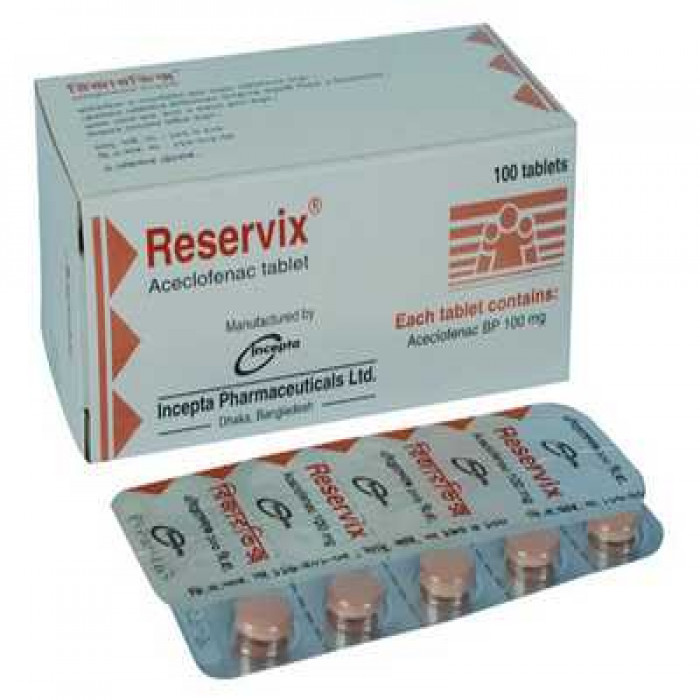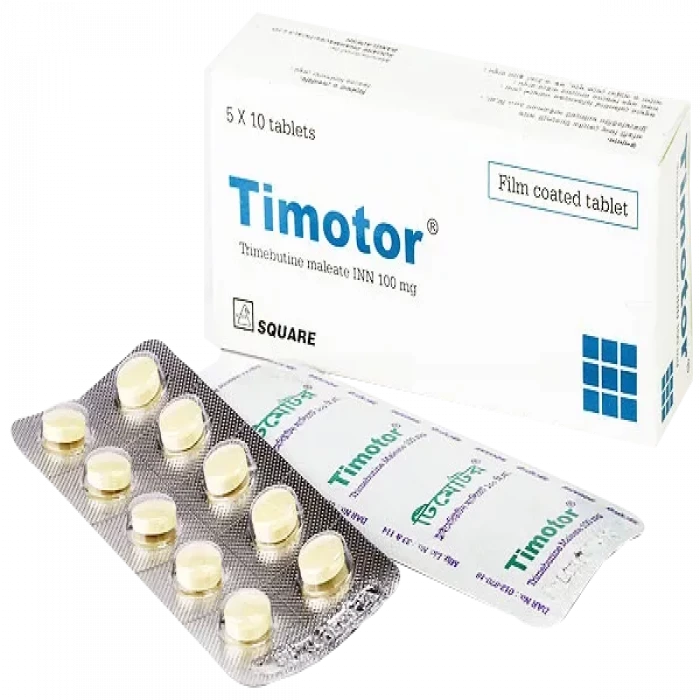

Pegalin 25mg 10pcs
Inhouse product
-
Bashundhara A4 80 GSM
৳530.00 -
Rich Dad Poor Dad
৳170.00 -
Plastic Jar 1000 mL 6 pcs
৳140.00 -
Century 70 GSM A4 Offset Paper
৳320.00
Description:
Indications
- Pregabalin is prescribed to treat neuropathic pain caused by diabetic peripheral neuropathy.
- Post-herpetic neuralgia treatment
- Adult patients with partial-onset seizures may benefit from adjunctive therapy.
- Fibromyalgia is treated in a variety of ways.
- Neuropathic pain is a type of pain that occurs after a spinal cord injury.
Pharmacology
Gamma-aminobutyric acid (GAB) is an inhibitory neurotransmitter that may have a basic counterpart in the drug pregabalin (GABA). It is not directly linked to benzodiazepine, GABAA, or GABAB receptors. Pregabalin has a strong affinity for the central nervous system tissues that contain the helper subunit of voltage-gated calcium channels, alpha-2-delta. Pregabalin has a 90% verbal bioavailability that is independent of measures. In persons with normal renal function, it is primarily eliminated from the systemic circulation through renal excretion as an unchanged drug with a median end half-life of 6.3 hours.
Dosage & Administration
- Pregabalin has a maximum suggested dose of 100 mg three times a day (300 mg/day) for neuropathic pain related to diabetic peripheral neuropathy in patients with creatinine clearance of at least 60 mL/min. The dosage should start at 50 mg three times a day (150 mg/day), and depending on effectiveness and tolerability, it may be increased to 300 mg/day within a week.
- Pregabalin is suggested for use in individuals with post-herpetic neuralgia at a dose of 75 to 150 mg twice daily, or 50 to 100 mg three times daily (150 to 300 mg/day). The dosage should start at 75 mg twice daily or 50 mg three times daily (150 mg/day), and depending on effectiveness and tolerance, it may be increased to 300 mg/day within a week.
- Adult patients with partial onset seizures may benefit from adjunctive medication, which is typically started at a total daily dose of no more than 150 mg (75 mg two times a day, or 50 mg three times a day). The dose may be increased to a maximum of 600 mg/day depending on how each patient responds and tolerates it.
- Treatment of Fibromyalgia: A daily dose of 300–450 mg of Pregabalin is advised for the treatment of this condition. The dosage should start at 75 mg twice a day (150 mg/day), and depending on effectiveness and tolerance, it may be increased to 150 mg twice daily (300 mg/day) after a week.
- The dosage range for neuropathic pain brought on by spinal cord damage is 150 to 600 mg per day. The beginning dosage is 75 mg twice daily, or 150 mg per day. Depending on effectiveness and acceptability, the dose may be increased within a week to 150 mg twice daily (300 mg/day).
- You can take pregabalin capsules regardless of mealtime.
Interaction
Pregabalin has no noteworthy interactions with other antiepileptic medicines or oral contraceptives. The effects of ethanol and lorazepam may be amplified by pregabalin.
Contraindications
Patients who have a known hypersensitivity to Pregabalin or any of its components should avoid taking it.
Side Effects
Dizziness, somnolence, dry mouth, edema, blurred vision, weight gain, and aberrant thinking are the most common adverse effects.
Pregnancy & Lactation
Pregabalin has a pregnancy category of C. As a result, it should only be taken if the potential benefit outweighs the dangers to the fetus.
Pregabalin, like other medicines, can pass into breast milk, thus it should only be used in nursing mothers if the benefits clearly outweigh the risks.
Precautions & Warnings
Pregabalin withdrawal without tapering might result in insomnia, motion sickness, headaches, and diarrhea. Therefore, rather than stopping suddenly, it should be reduced gradually over a minimum of 1 week. Pregabalin treatment may cause an increase in creatinine kinase. If myopathy is identified or suspected, or if the level of creatinine kinase is noticeably high, it should be stopped right away.
Storage Conditions
Keep away from light and moisture in a cool, dry location (below 30° C). Keep out of children's reach.





